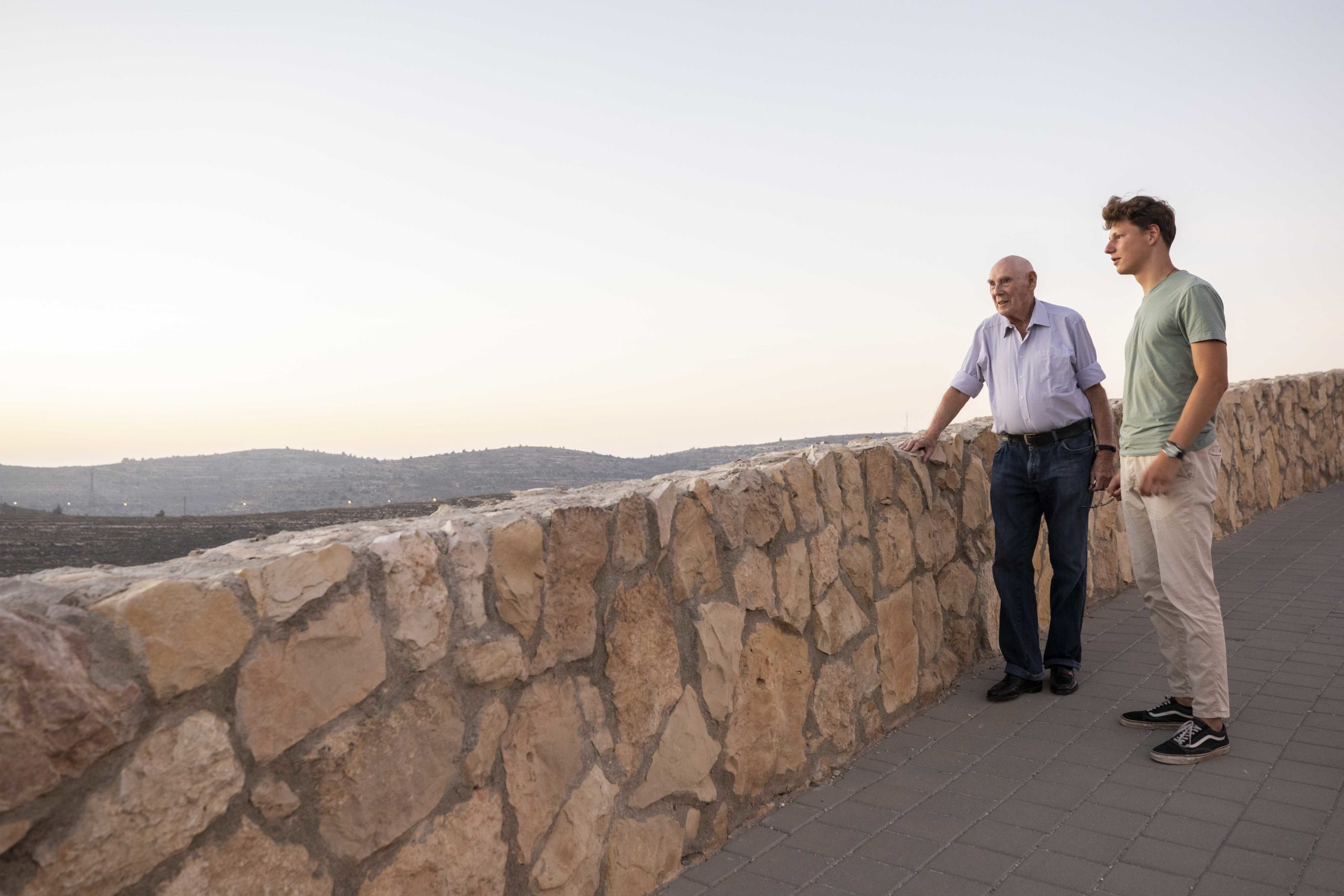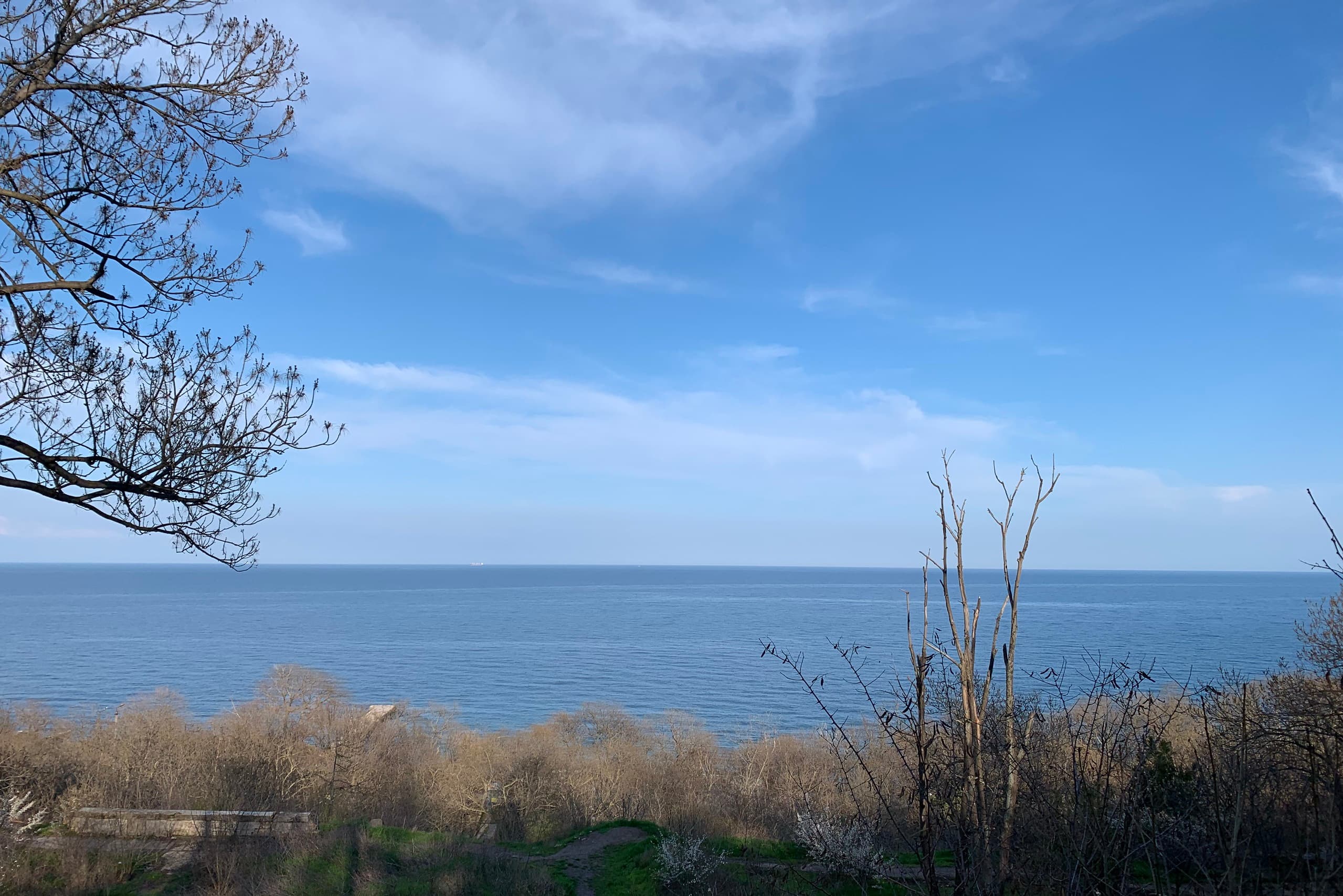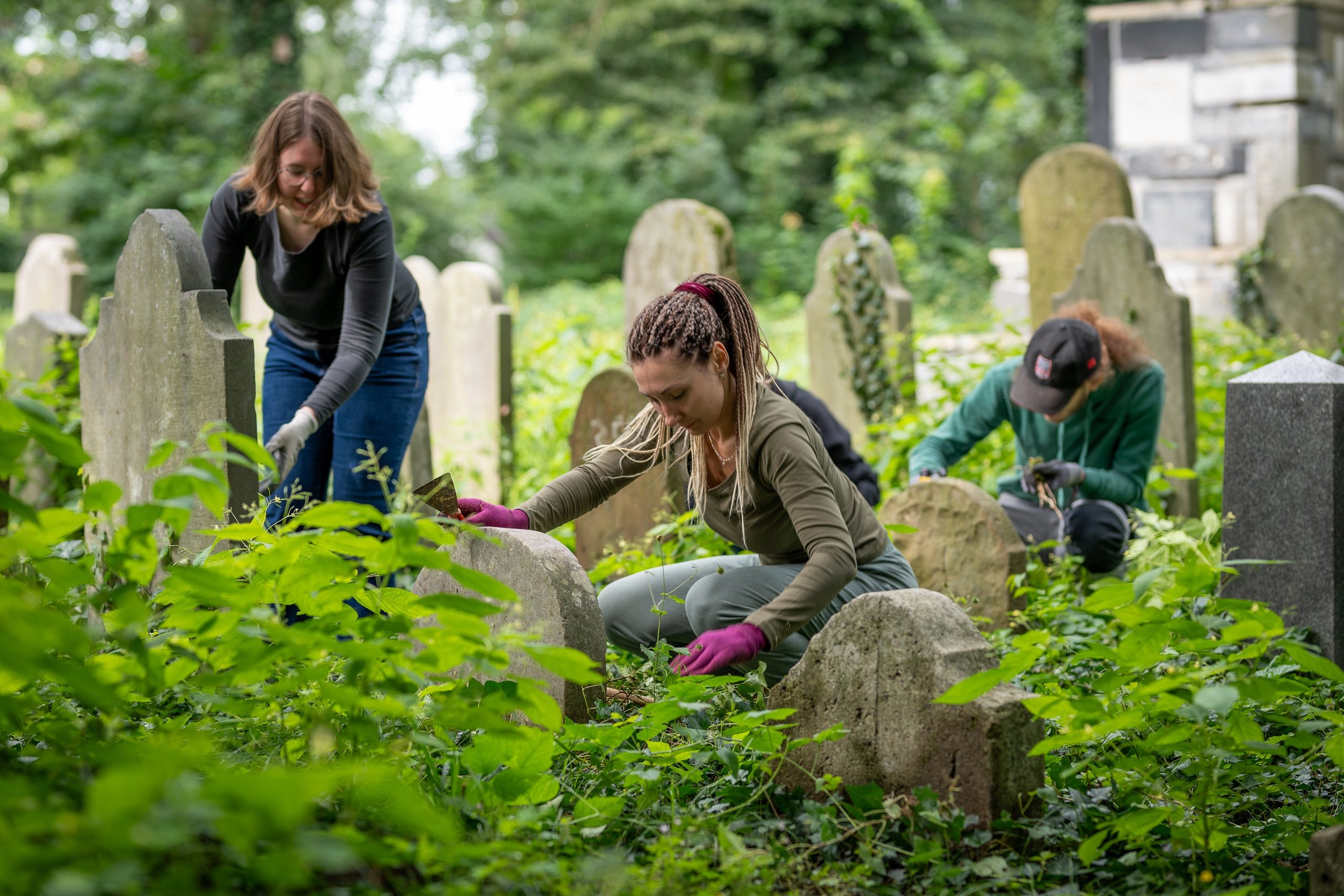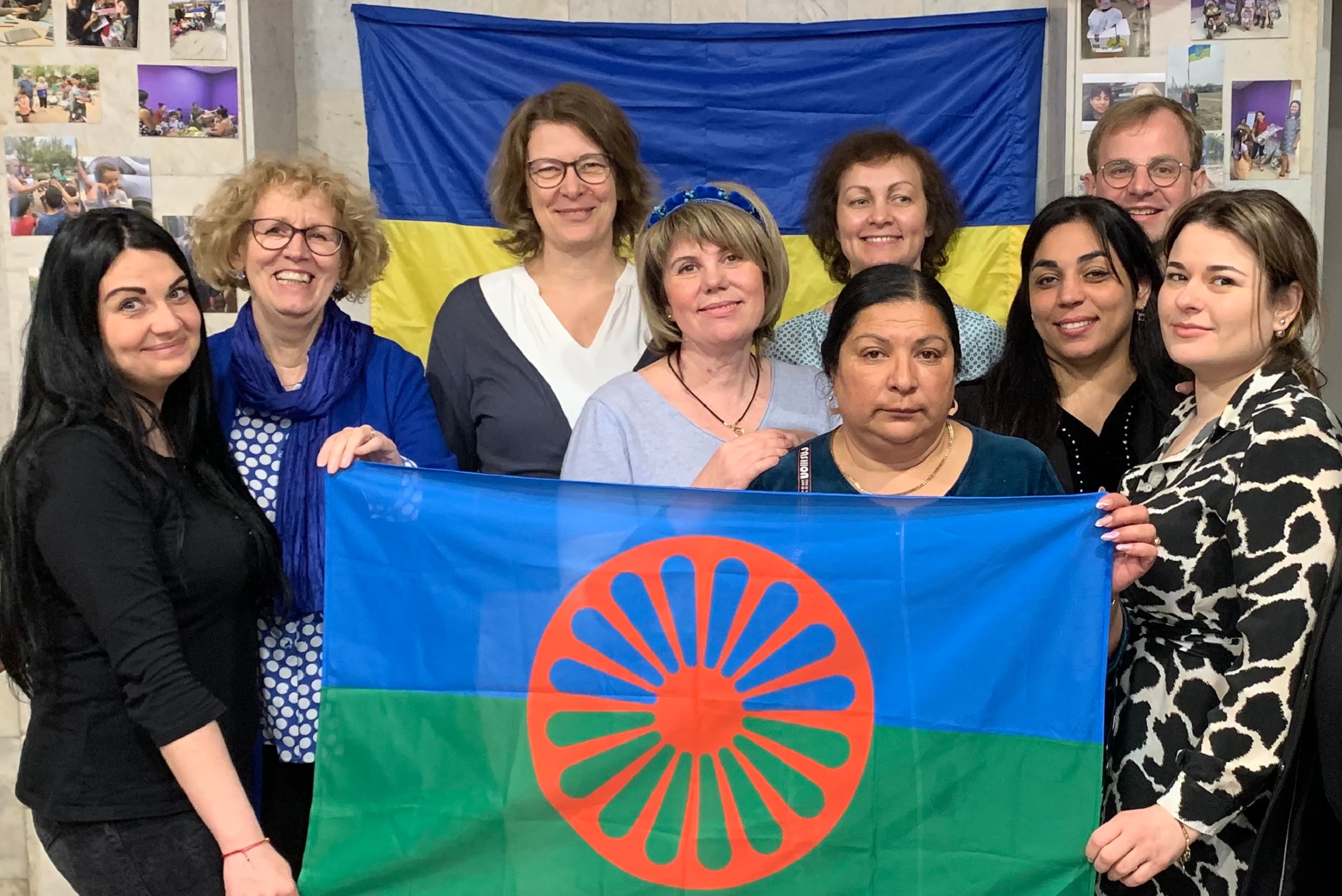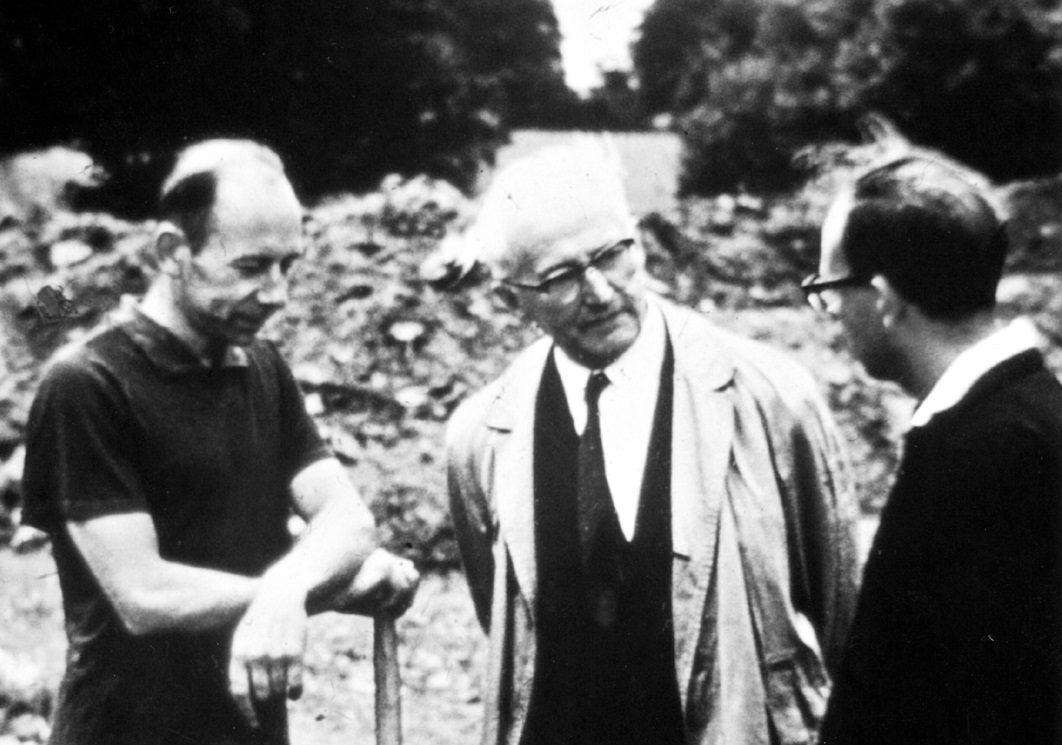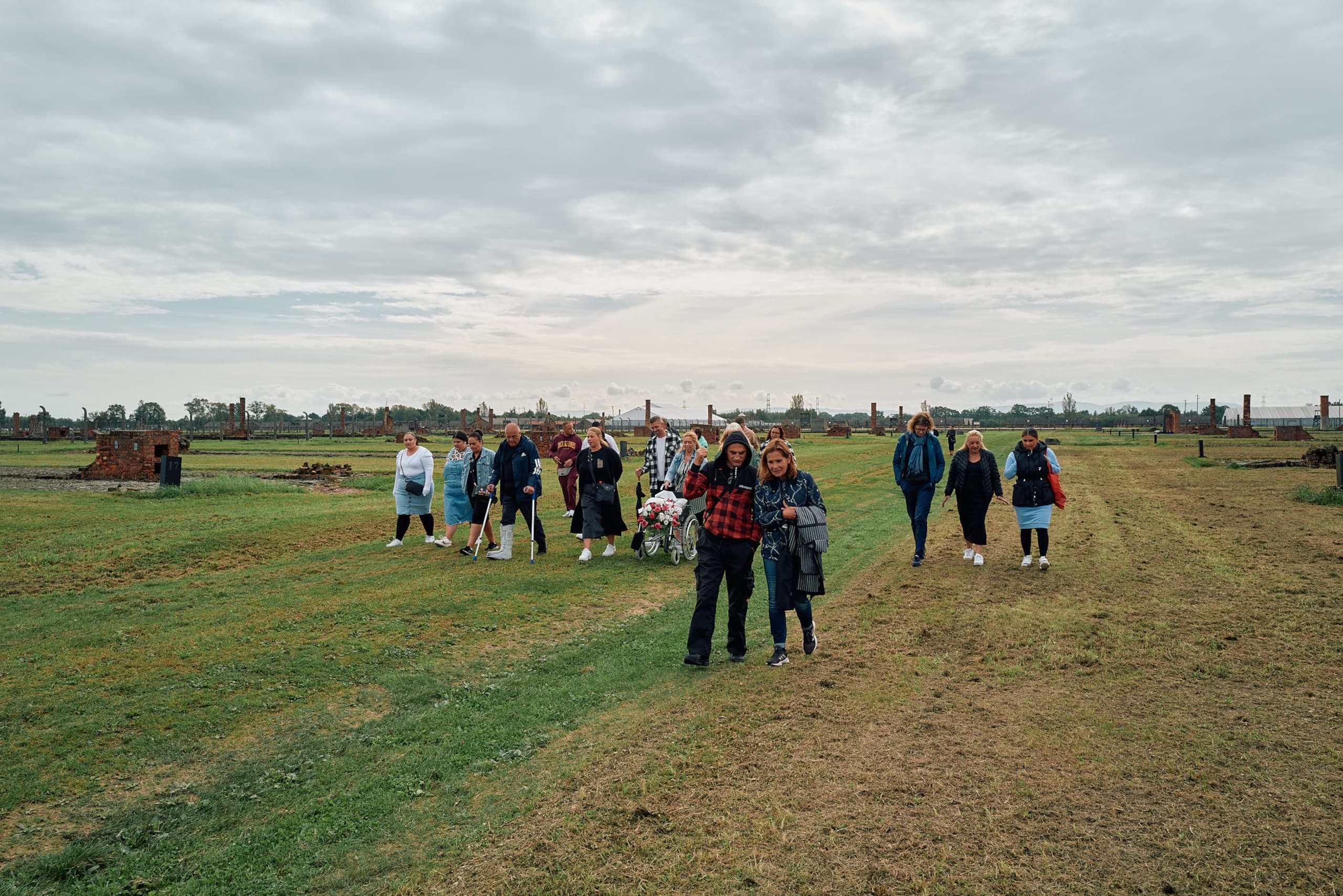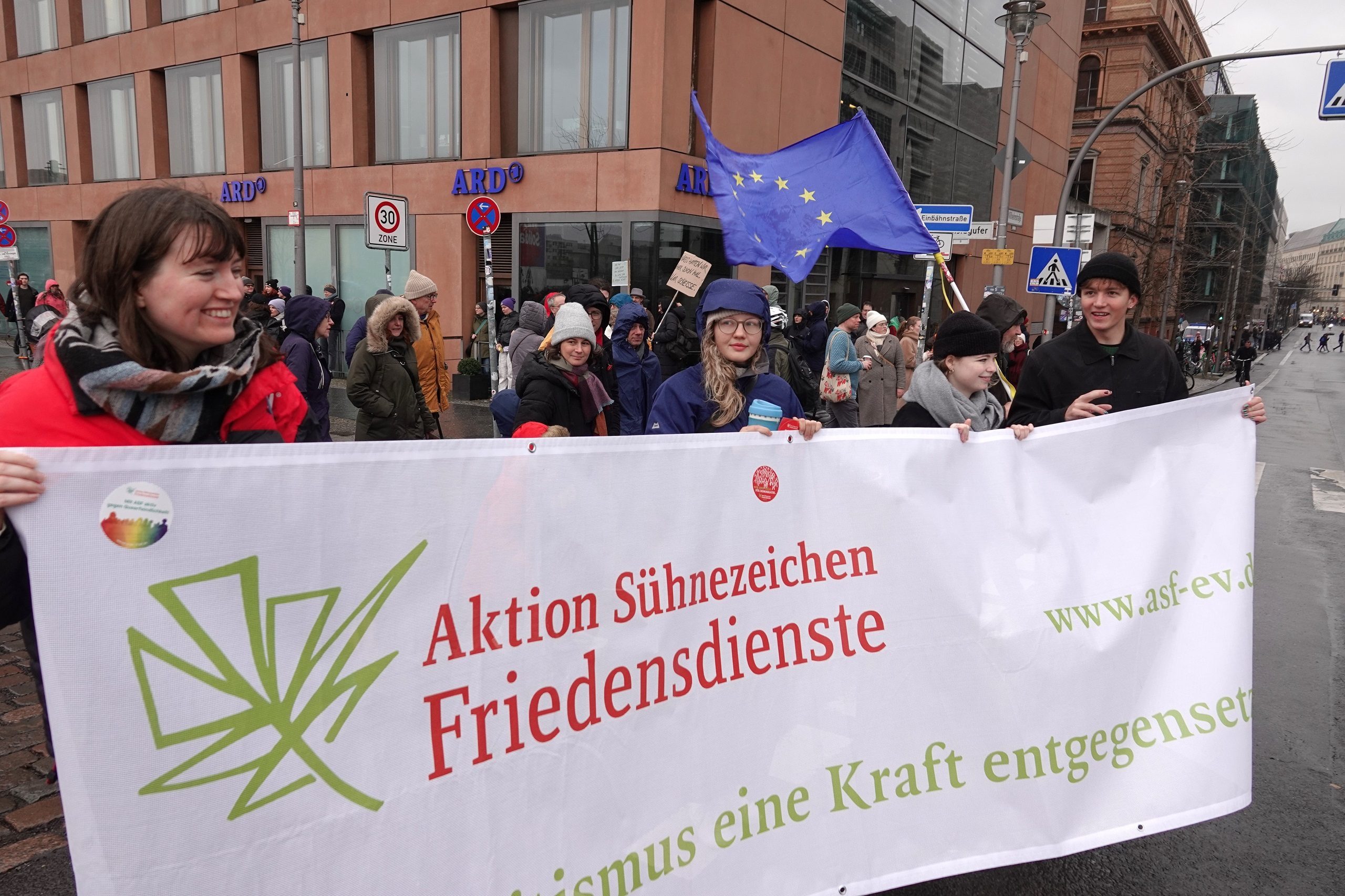Gerhard Richter Exhibition
Gerhard Richter BIRKENAU
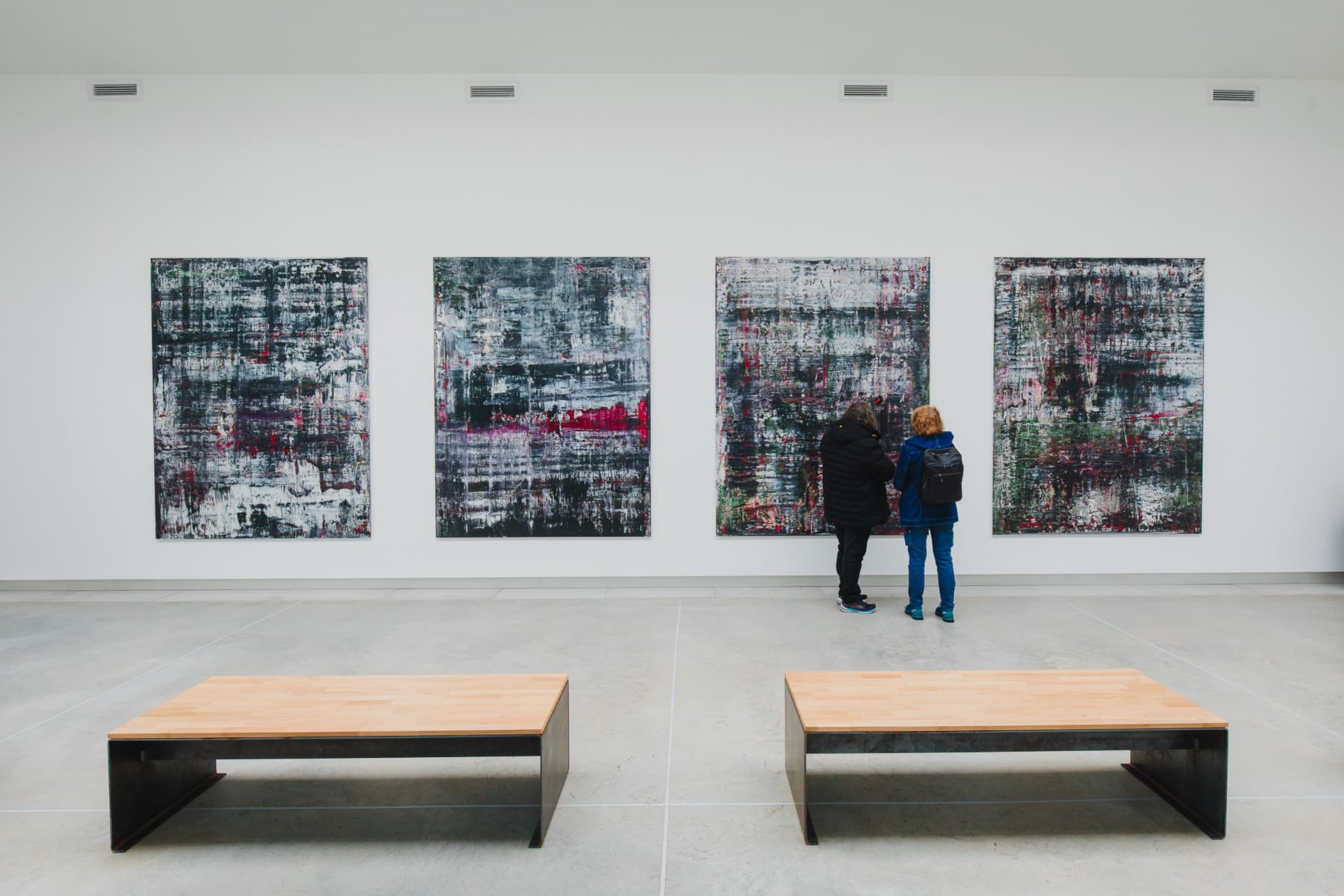
The four photographs, which were taken secretly and at the risk of their lives by Sonderkommando prisoners in 1944, are considered to be the only photographic documents of the Holocaust that document the murder and burning of the bodies of the Jewish population in Auschwitz. For the painter Gerhard Richter, they formed the starting point and basis for his 2014 work “Pictures from Birkenau” – impressed by these photographs, he decided many years ago to take up the subject again in four abstract, large-format paintings. There are editions of the originals, of which Gerhard Richter has made 2020 available to the International Auschwitz Committee as a permanent loan for an exhibition at the International Youth Meeting Centre.
Gerhard Richter is one of the best-known German artists. He works in the fields of painting, photography and sculpture. In his work, he often uses photographs as models for his paintings.
The Gerhard Richter BIRKENAU exhibition pavilion was designed by Gerhard Richter and Sabine Moritz-Richter. The concept was developed in collaboration with Christoph Heubner, the International Auschwitz Committee, the Foundation for the International Youth Meeting Centre in Oświęcim and the City of Oświęcim. The architectural design of Gerhard Richter’s building was supervised and realised by the architect Edwin Heinz – GMS Architekten PartGmbB, Isny / Allgäu and the architectural firm Susuł & Strama Architekci, Oświęcim. The construction of the Gerhard Richter BIRKENAU pavilion was made possible by a donation from Volkswagen AG.
The permanent exhibition can be visited from Monday to Friday from 9.00 am to 4.00 pm. It is also possible to make an individual appointment outside regular visiting hours.
